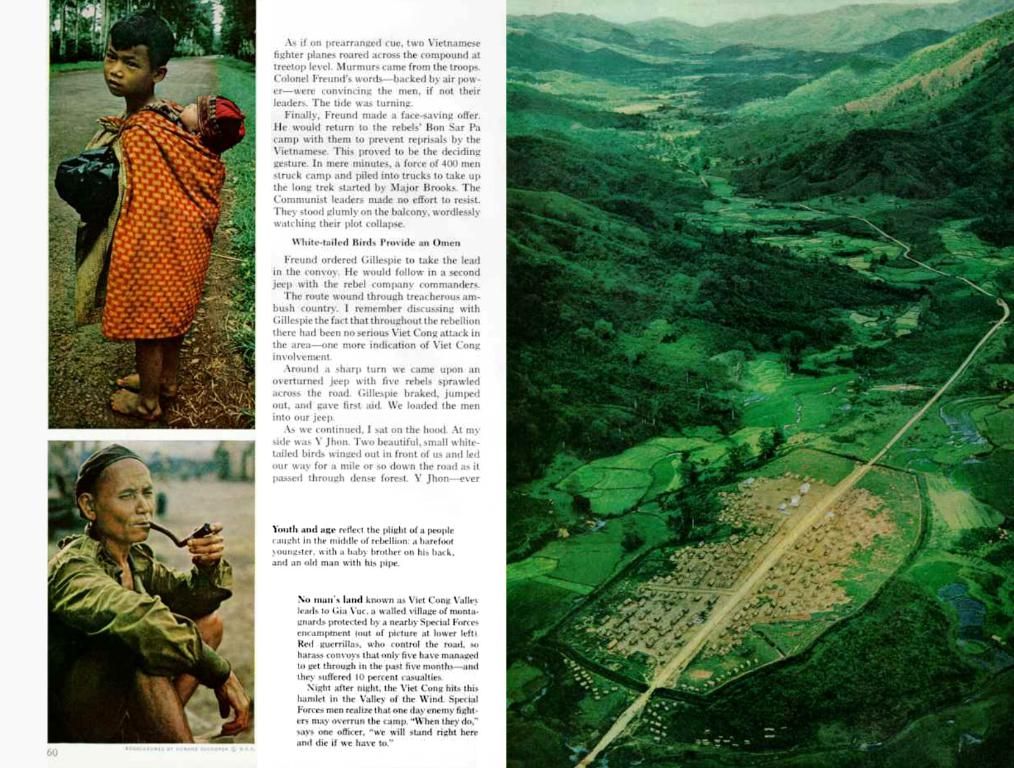Interactive Mapping Tool Empowers Participatory Governance in an Enjoyable manner
Making a city livable for all starts with listening to the residents. These days, city planners listen to the people they serve with open ears. But drawing a broad cross-section of participants in public consultations can be tricky. Thankfully, technology is lending a hand. One such tool - Maptionnaire - is revolutionizing the way we gather feedback and include every voice in the city design process.
So how does it work?
Maptionnaire is a citizen engagement platform that leverages online spatial surveys. It showcases a spatial map of the urban setting on which planning professionals can drop pins to ask questions relevant to the area, such as "Did you enjoy this green space?" or "Would you prefer more street lighting here?". Respondents can simply click on a spot to demonstrate their preferences.
But Maptionnaire offers more than just a mapping tool - it serves up the flexibility of collecting both quantitative and qualitative data. Along with point-and-click answers, it also invites open-ended comments on areas, features, or planning proposals in the city. The platform collects and organizes the data into GIS (geographic information system) data, which can then be easily analyzed and compared without ambiguity.
Maptionnaire was the brainchild of Maarit Kahila and Anna Broberg - a duo that knew they didn't need to reinvent the wheel. Instead, they sought to enhance traditional consultation methods like discussion boards, vision surveys, and voting, and throw some geospatial data into the mix. The result? A robust, spatial-powered toolkit that draws people in and adapts to their evolving needs.
Going digital brings further advantages. With the online platform, more people can easily access the citizen engagement survey, and they can do it whenever they want. That's essential for equitable representation.
NYC's Upper West Side was no exception - the municipality saw a spike in engagement rates when they employed Maptionnaire for their neighborhood rezoning project. The city received over 6,000 responses, with a 56% female response rate compared to the 30% female in-person submissions.
But can an increase in participation ever be a bad thing? Our answers lie in how we harness it.
Participatory budgeting allows citizens to make informed decisions on spending and Maptionnaire provides a special module for this empowering process. However, the platform also offers a low-threshold alternative for budget decision making called geobudgeting: it presents options on where and on what the money can be used for.
Each format caters to a different audience, and it's essential that we create multiple channels for people to engage in the city planning process. Some still prefer face-to-face interactions, and we're proud to say that public meetings are still on the table.
So, let's spread the word. Anna suggests that planners don't just throw a link online and wait for responses to roll in. To reach diverse audiences, we need to be thoughtful and intentional in our outreach efforts. This might mean recruiting local residents, citizen groups, or even social media influencers to promote the engagement survey.
As we dive into the world of digital tools, remember this: the questions matter. Think carefully about your questions, keep them concise, and always focus on what is relevant in the current situation.
Interested in trying Maptionnaire for yourself? Dive in, explore, and speak your mind on their free engagement demos[5]. Dem WEBSITE link
[1] https://www.maptionnaire.com/[2] http://www.rasmussen.fi/cooperation/projects/reindeer-herding-into-the-future/[3] https://medium.com/mapita/how-to-create-a-successful-citizen-engagement-project-81e0d7870a99[4] https://www.maptionnaire.com/cities/new-york-city-upper-west-side-rezoning/[5] https://demos.mansion.maptionnaire.com/
- The citizen engagement platform Maptionnaire, which uses spatial surveys, empowers residents to voice their opinions on various aspects of urban planning, such as green spaces and street lighting, by clicking on specific locations on an interactive map.
- In addition to its mapping capabilities, Maptionnaire also allows for the collection of both quantitative and qualitative data, inviting open-ended comments on planning proposals, thus providing city planners with a more complete understanding of residents' needs and preferences.








